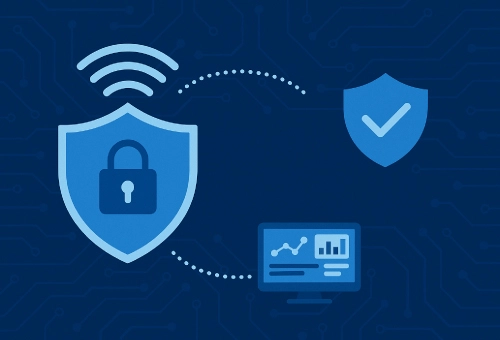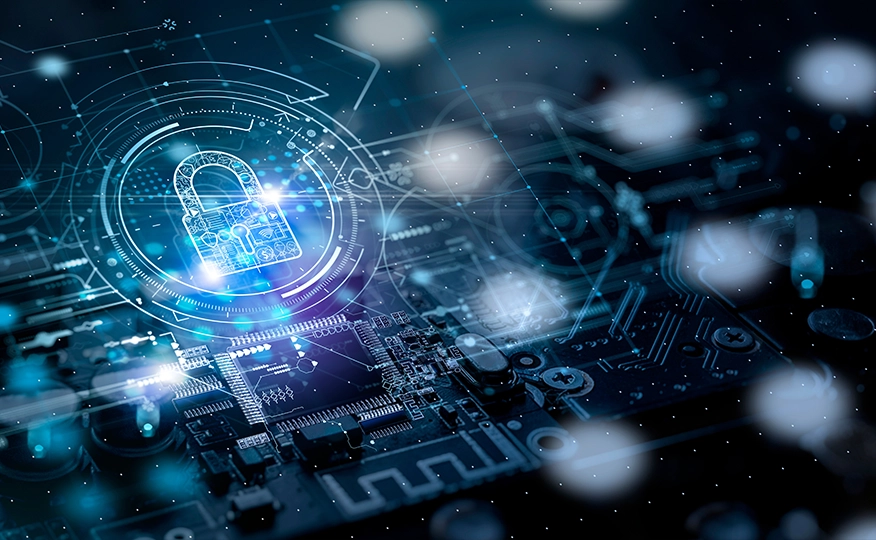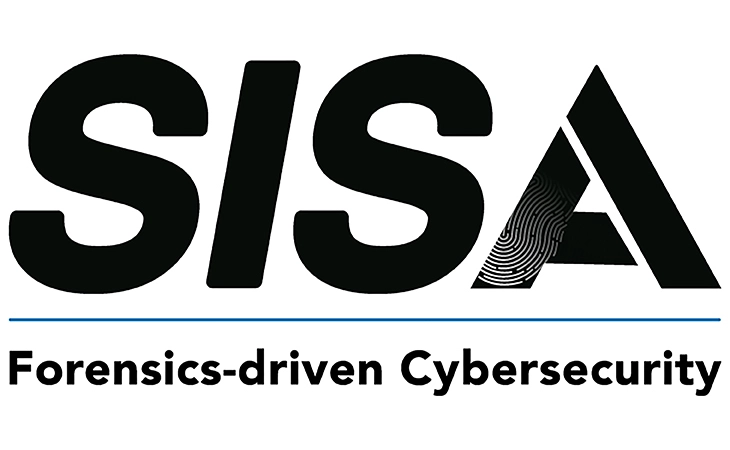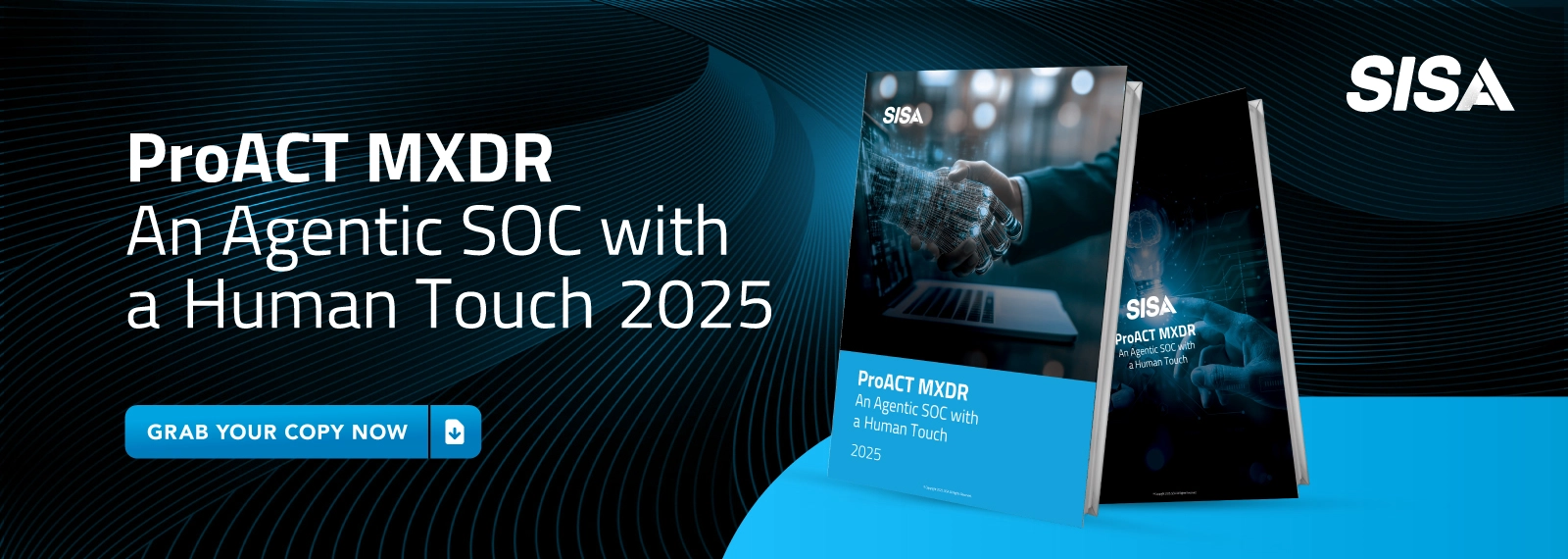
What is Cybersecurity Compliance? Why Is It Important?
In today’s digital-first world, cyber threats are evolving faster than ever. Organizations face constant risks of data breaches, ransomware attacks, and regulatory penalties. Cybersecurity compliance is no longer optional—it’s a critical component of safeguarding sensitive data, maintaining customer trust, and avoiding costly legal consequences. But what exactly is cybersecurity compliance, and why does it matter? Let’s break it down.
What is Cybersecurity Compliance?
Cybersecurity compliance refers to adhering to laws, regulations, standards, and best practices designed to protect digital assets, sensitive data, and IT systems from cyber threats. It involves implementing policies, controls, and processes that align with industry-specific or regional requirements, such as GDPR (General Data Protection Regulation) for EU businesses or HIPAA (Health Insurance Portability and Accountability Act) for healthcare organizations.
Unlike general cybersecurity, which focuses broadly on protecting systems, compliance ensures organizations meet legal and contractual obligations. For example, a company handling credit card payments must follow PCI DSS (Payment Card Industry Data Security Standard) to avoid fines and breaches.
Why Is Cybersecurity Compliance Important?
1. Protects Sensitive Data
Cyberattacks target personally identifiable information (PII), financial records, intellectual property, and healthcare data. Compliance frameworks mandate encryption, access controls, and regular audits to prevent unauthorized access. For instance, GDPR requires organizations to encrypt customer data, reducing the risk of breaches.
2. Avoids Legal and Financial Penalties
Non-compliance can lead to hefty fines. Under GDPR, violations cost companies up to €20 million or 4% of global revenue—whichever is higher. In 2023, Meta was fined $1.3 billion for GDPR breaches. Beyond fines, lawsuits and remediation costs (e.g., forensic investigations, customer notifications) add financial strain.
3. Builds Customer Trust
Customers prioritize privacy. A 2023 survey found that 81% of consumers would stop engaging with a brand after a data breach. Compliance certifications (e.g., ISO 27001) signal your commitment to security, fostering loyalty and competitive advantage.
4. Ensures Business Continuity
Cyberattacks disrupt operations. The average downtime after a ransomware attack is 24 days, costing $5.34 million. Compliance mandates incident response plans and backups, minimizing downtime and ensuring swift recovery.
5. Meets Industry-Specific Requirements
Sectors like finance (SOX), healthcare (HIPAA), and retail (PCI DSS) face strict regulations. Compliance ensures alignment with these standards, avoiding operational roadblocks.
Key Cybersecurity Compliance Regulations
Regulation | Scope | Key Requirements |
GDPR | EU businesses handling EU citizen data | Data encryption, breach notifications, user consent. |
HIPAA | U.S. healthcare organizations | Protect patient health data, access controls, audits. |
PCI DSS | Companies processing credit cards | Secure networks, encrypt cardholder data. |
SOX | Publicly traded companies (U.S.) | Financial data integrity, internal controls. |
CCPA | California-based businesses | Consumer data rights, opt-out mechanisms. |
How to Achieve Cybersecurity Compliance
- Conduct Risk Assessments
Identify vulnerabilities (e.g., outdated software, weak passwords) and prioritize risks. Use tools like NIST’s Cybersecurity Framework for guidance. - Implement Policies and Controls
- Access controls (e.g., multi-factor authentication).
- Data encryption (at rest and in transit).
- Regular software updates and patch management.
- Train Employees
95% of breaches involve human error. Train staff to recognize phishing, use strong passwords, and follow incident reporting protocols. - Develop an Incident Response Plan
Outline steps to contain breaches, notify regulators (e.g., GDPR’s 72-hour reporting rule), and recover data. - Audit and Monitor Continuously
Use tools like SIEM (Security Information and Event Management) to track threats. Schedule annual audits to ensure ongoing compliance.
Consequences of Non-Compliance
- Fines: Up to millions of dollars, depending on the regulation.
- Reputational Damage: Loss of customer trust and negative media attention.
- Operational Disruption: Downtime, recovery costs, and lost revenue.
- Legal Action: Lawsuits from customers or shareholders.
Conclusion
Cybersecurity compliance isn’t just a checkbox exercise—it’s a strategic advantage. By aligning with regulations, you protect your business, build customer trust, and avoid devastating penalties. Start with a risk assessment, invest in employee training, and partner with experts to stay ahead of evolving threats.
FAQs
Q1: What’s the difference between cybersecurity and compliance?
A: Cybersecurity focuses on protecting systems from threats. Compliance ensures adherence to laws and standards (e.g., GDPR). They overlap but serve distinct roles.
Q2: How often should we update compliance policies?
A: Review policies annually or when regulations change. For example, GDPR updates may require immediate adjustments to data handling practices.
Q3: Do small businesses need compliance certifications?
A: Yes. Even small companies handle customer data. Certifications like SOC 2 Type II build trust and may be required by partners.
Q4: Can compliance prevent all cyberattacks?
A: No, but it reduces risks. Compliance frameworks address common vulnerabilities, making attacks harder and costlier for hackers.
Q5: How do cloud services affect compliance?
A: Cloud providers (e.g., AWS, Azure) offer compliance-ready tools, but responsibility is shared. You must still encrypt data and manage access.
Q6: What role do employees play in compliance?
A: Employees are the first line of defense. Training ensures they follow protocols (e.g., reporting phishing emails, using secure passwords).
Latest
Blogs
Whitepapers
Monthly Threat Brief
Customer Success Stories
 USA
USA India
India APAC
APAC Middle East
Middle East Global
Global






 Facebook
Facebook Linkedin
Linkedin  X
X Youtube
Youtube






